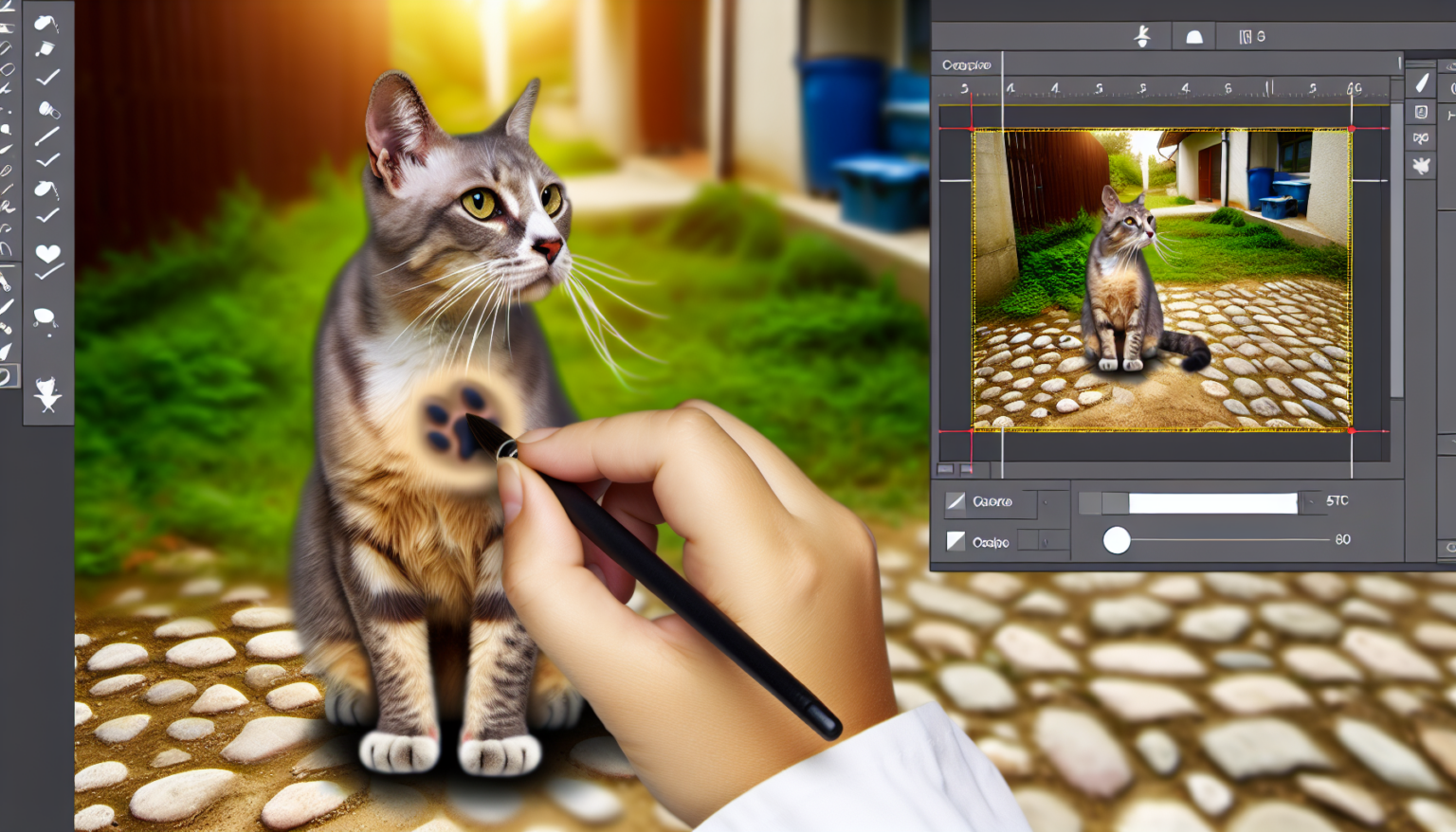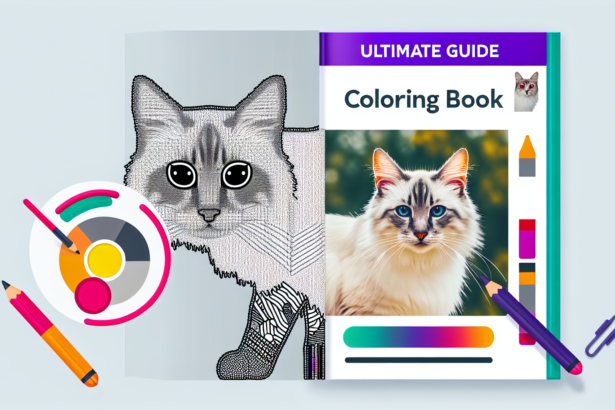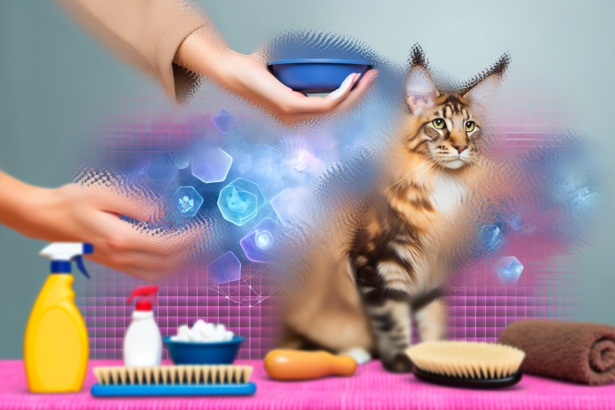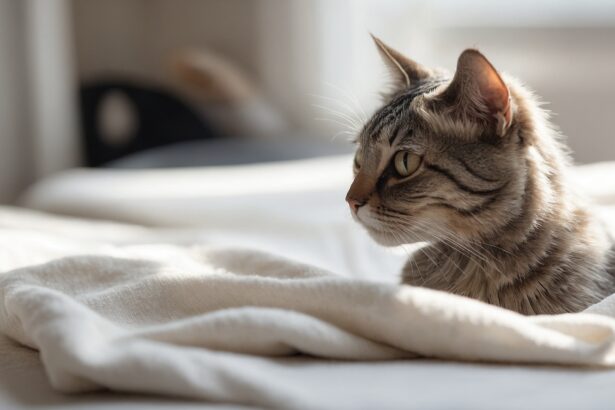Meet the alley cat
Alley cat, moggie, house panther… call them what you like, these non-pedigree beauties steal hearts with their one-of-a-kind looks and big personalities. No two are alike—each is a cocktail of sizes, coats, colors, and eye patterns that tell a story all their own.
Traits you’ll love
- Infinite variety: short or fluffy coats, solid or tabby markings, green or amber eyes—the combinations never end.
- All the temperaments: from lap-loving couch potatoes to curious parkour athletes.
- Smart and adaptable: quick to learn routines and read your mood.
Fun fact to impress your friends: most tortoiseshell and calico cats are female due to how their coat-color genes work.
Where do alley cats come from?
Domestic cats descend from the African/Near Eastern wildcat (Felis lybica). Genetic analyses point to domestication in the Fertile Crescent, where early cats moved in for the mouse buffet and stayed for the comfy life.
Curious minds can dig into a landmark paper on the topic: Driscoll et al., Science, 2007.
Caring for your alley cat
Feeding made simple
Alley cats need a meat-first diet with quality protein, healthy fats, and moisture. Wet food supports hydration (great for urinary and kidney health), while a portion of balanced dry can help with convenience and calories.
Common mistake to avoid: feeding only dry kibble, free-choice, all day. It can encourage overeating and poor hydration. Offer set meals, include wet food, and ensure fresh water is always available.
Need a deeper dive on what cats should really eat? Explore our guide to optimal feline nutrition.
Health essentials
Schedule yearly checkups, core vaccinations as advised by your vet, and routine parasite prevention. Spay/neuter helps prevent health issues and reduces roaming and spraying.
Watch for weight gain, dental tartar, changes in thirst, or litter box habits—subtle shifts can be early red flags. Keep deworming on your radar year-round if your cat goes outside or hunts.
Not sure where to start? Here’s how to protect your cat from worms effectively.
Grooming and home comfort
- Brush short coats weekly; long coats need 2–3 quick sessions to prevent knots.
- Provide scratching posts (vertical and horizontal) to save your sofa and support claw health.
- Place water bowls away from food—many cats drink more when water is separate.
Pro tip: build a “toy library.” Keep half the toys tucked away in a box with a pinch of catnip or a few olive leaves (some cats adore the scent), then rotate weekly to keep playtime fresh.
If your kitty is a serial scratcher, these ideas can help you protect your furniture without stress.
Living happily together
Decoding alley cat behavior
Head bumps? Affection and scent-marking. Slow blink? The cat version of “I trust you.” A swishing tail can mean excitement; a stiff, thrashing tail often signals “I need space.”
Meows are for humans more than other cats—yours is talking to you. Notice when and how they meow to understand what they want: food, attention, or just your company.
Want help translating? Try our friendly guide to understanding your cat’s meow.
Play, enrichment, and confidence
- Short daily sessions (5–10 minutes) of chase games with a wand toy beat one marathon session.
- Offer puzzle feeders to turn meals into hunting adventures.
- Create vertical space: shelves or a cat tree give safe viewpoints and reduce stress.
Shy cat at home? Sit on the floor, read softly, and let them come to you. Treats for brave steps—and zero pressure—work wonders.
Litter box harmony
- One box per cat, plus one extra, placed in quiet, easy-access spots.
- Clumping, unscented litter is often a hit; scoop daily and refresh weekly.
- If accidents happen, use enzymatic cleaner to remove odor fully.
Surprising but true: many cats drink more from moving water. A simple fountain can encourage better hydration and support urinary health.
Quick checklist
- Balanced diet with daily wet food.
- Annual vet visit, dental checks, parasite control.
- Daily play, rotating toys, and vertical spaces.
- Scratching posts in several rooms.
- Clean, calm litter areas; enzymatic cleanup for any misses.
FAQ
What is an alley cat, and how is it different from a breed cat?
An alley cat is a domestic, non-pedigree cat with mixed ancestry. They’re wonderfully diverse in looks and personality, unlike breed cats with set standards.
What should I feed my alley cat daily?
A meat-first, complete diet with wet food for hydration and a measured portion of quality kibble if needed. Fresh water and portion control are key.
Are alley cats healthy, and how long do they live?
With good care, many reach 14–18 years. Regular vet checks, dental care, and weight management make a big difference.
How can I socialize a shy alley cat?
Go slow, create safe hideouts, reward tiny brave moments, and keep play sessions short and fun. Consistency builds trust over time.







